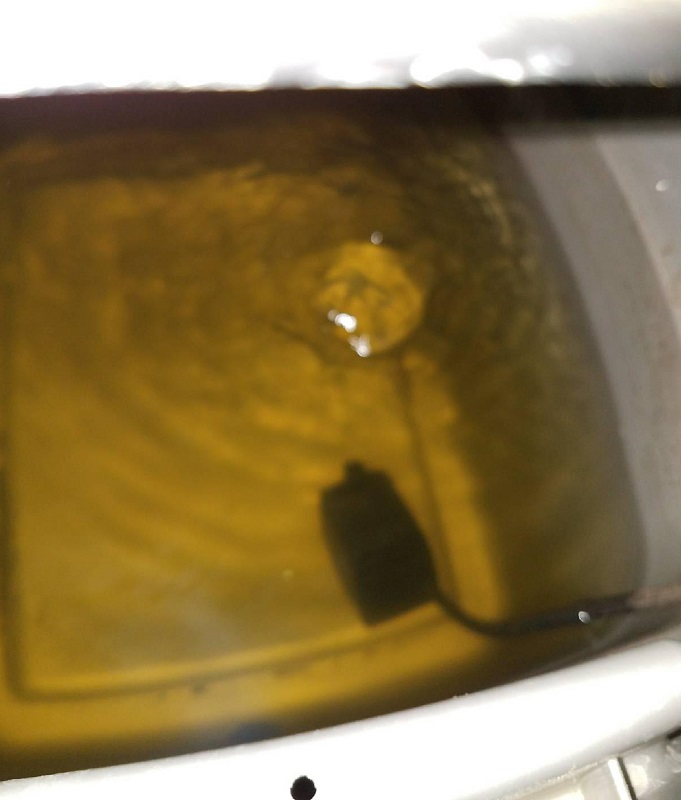OldMedUser
Well-Known Member
The bad bacteria that cause root rot are anaerobic and that's why they flourish in oxygen deprived conditions like are caused by overwatering and poor drainage. They use up any oxygen they can get and that's why the O+ molecule is so effective against them. Kinda like my dugout water. Now that it's summer and the ice is gone our water is clear and has very little smell. All winter it was grey and stinky because I don't have a decent air stone on the air line to the dugout. Going to fix that before next winter. Borrow my neighbour's little boat and use a grapple to get the air line up then attach a 50' roll of that weeper hose for the garden to the end and a chunk of steel to hold it down to the bottom near my intake. Makes millions of tiny bubbles that mostly disappear into the water before reaching the surface 12' up. We had one on before and it did a great job.I mean low oxygen also leads to reduction in beneficial bacteria and others also opening it up to infection so that point is correct. But it's not actually anaerobic conditions or bacteria
To have a bath you had to add a shot glass of 35% peroxide or bleach to the water or it sucked to be in there. Leaves a black ring around the tub if you don't use that too.
Good bacteria are aerobic and flourish when there's lots of O2 in the soil or water.
A little Wikipedia search . . .
An anaerobic organism or anaerobe is any organism that does not require oxygen for growth. It may react negatively or even die if free oxygen is present. In contrast, an aerobic organism (aerobe) is an organism that requires an oxygenated environment. Anaerobes may be unicellular (e.g. protozoans,[1] bacteria[2]) or multicellular.[3]


